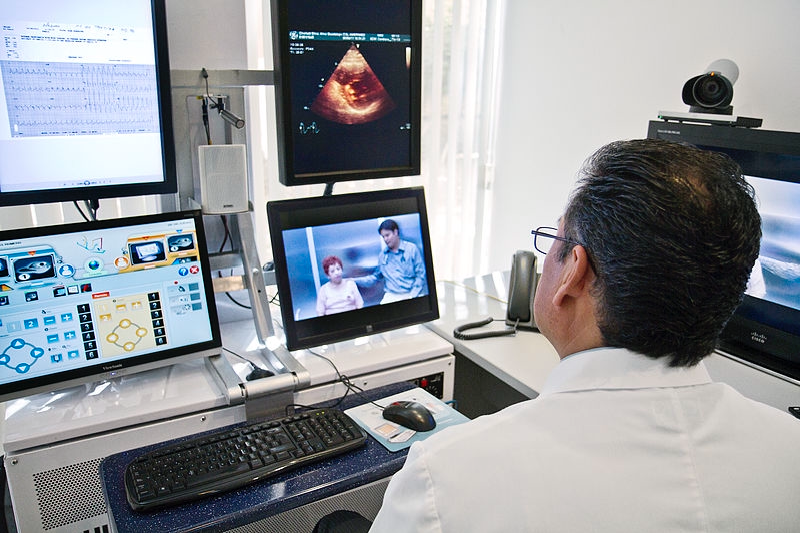Readers of this blog understand how technology is reshaping the ways in which medicine is delivered in our society. I also wrote an article for Trial News on this issue a few years ago. As COVID pushes everything to the web, we continue to explore how it is affecting patient care.
As we all know, the current pandemic has pushed many parts of our life online and into videoconferencing in lieu of in person participation. This includes medicine, and from my perspective, this has the potential of greatly benefiting society, albeit with some caveats.
Access. Pre-pandemic, there existed a real problem of the ability of patients to just get to an appointment. When patients can’t make appointments, this is bad for patients and for medical service providers. For patients, they don’t get the care they need, either for acute issues or for preventative care. For providers, no-shows can be financially problematic.
Specific specialities are moving into tele-medicine. For example, University of Washington providers of obstetrics patients are currently working through “TeleOB”. The patients get sent equipment to gather data, including blood pressure cuffs and fetal Doppler machines, and then appointments occur over video-conferencing.
Of course, not every part of the care can be done remotely (such as blood work or imaging), but to the extent some of these visits can be done remotely, it certainly appears to me that using remote capabilities will make it more likely patients will make visits (particularly in pandemic times), and as a result will mean better, safer care.
Other areas of medicine include behavior health, primary care, and pediatrics.
From a medical malpractice attorney perspective, the worry is similar to care provided in person, with some caveats.
First, I can see problems with data gathering, insofar as patients will now be responsible for using gear sent to them (such as blood pressure cuffs, or pulse oximeters, or similar). If the devices are used incorrectly, that could lead to problems with providers making diagnoses or decisions about treatment.
Second, the providers are going to be asked to provide care in a relatively unfamiliar situation (at least initially). Anything new can take time to be proficient in. As a primary care physician, for example, when should the doctor determine that an inpatient visit is necessary? How can the doctor know that the data being gathered is correct? If the internet connection is spotty, is communication effected so much that care is being affected?
Similarly, when a doctor is investigating a patient’s complaints, it may be necessary to run additional tests. How will a doctor decide in a telemedicine circumstance when it’s necessary to have the patient present to the radiology department for imaging, or the laboratory for blood work to be done? Balancing the desires to prevent the spread of COVID with the needs of the doctor to appropriately work up a patient’s concerning symptoms will at times be a challenge.
A recent article in the Seattle Times highlights some new developments in Washington in this field.




